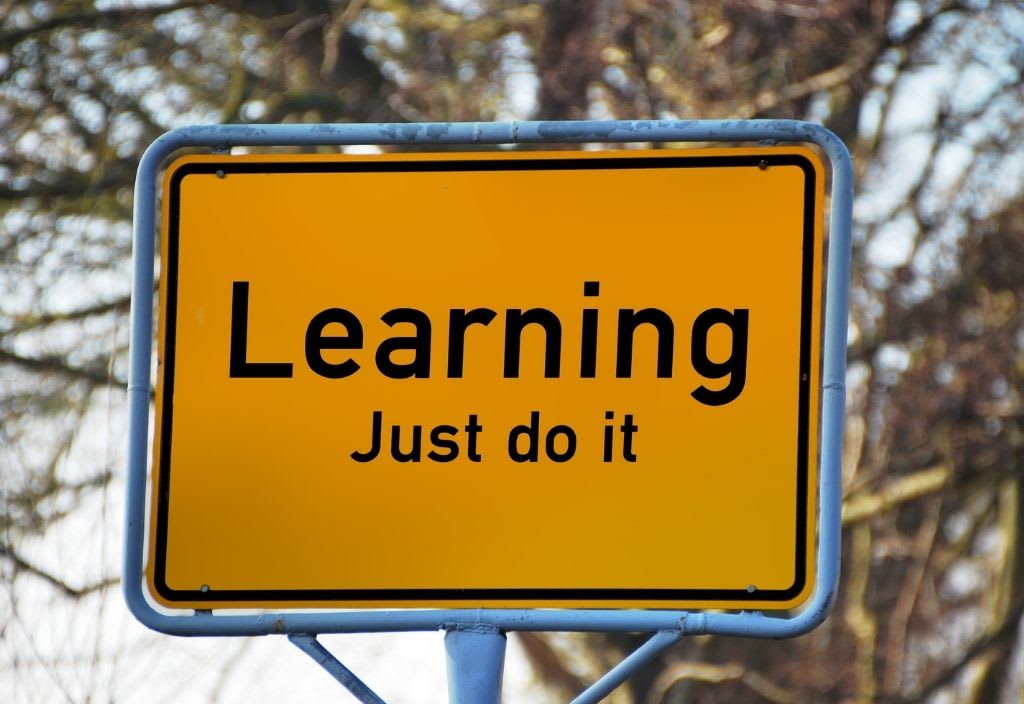
Oxford Languages defines problem-solving as the process of finding solutions that help resolve complicated issues. Problems needing solutions vary from fundamental personal issues of "how do I turn on this laptop?" to more complex topics in academics and business.
What are problem-solving skills?
Problem-solving skills help us solve issues quickly and effectively and hold much importance in our personal and professional lives.
As humans, we all deal with problems. Even if we do not know how to fix the problem, we can process it and understand why it happened in the first place.
Then, we can apply logic to find some solutions to resolve it—no wonder most employers seek problem-solving skills in candidates. Solving problems is beneficial in almost every job role and can help support competency management.

What do problem-solving skills in the workplace look like?
At the core of business development, problem-solving skills enable employees to leverage the available resources to arrive at a solution productively that syncs with the company's integrity. Some examples of problem-solving in the workplace include:
- Handling and resolving a conflict with a coworker
- Troubleshooting and eliminating technical issues in a work laptop
- Solving any problems related to accounting, taxation, and customer billing
- Taking the initiative when a team member missed or overlooked something important
- Extracting a new piece of data that can guide a company's strategy in a specific area
In a nutshell, problem-solving is a part of everyone's work - whether they are a manager with years of experience or starting their first job. It may test your critical-thinking skills or involve the use of mathematical operations.
Why are problem-solving skills important in the workplace?
When prospective employers talk about problem-solving, their goal is to measure how candidates support the decision-making process in the company's everyday functioning by applying this skill. Here are four reasons why problem-solving is an important skill to have in the workplace:
1. Strategy prioritization, planning, and execution
Efficient problem-solvers can carefully assess customer requirements and put together a plan that helps them provide a brilliant service to their intended audience. Their forte lies in streamlining processes by removing bottlenecks.
2. Out-of-the-box thinking
Problem-solving and creative thinking go hand-in-hand. It is not a matter of putting a bandaid over an issue but finding a way to fix it dynamically and creatively. This attitude helps the business stay ahead of the curve and improves the workforce's capability over time.
3. Better time management
When a problem arises, it needs to be fixed at the earliest. Employees with excellent problem-solving skills are laser-focused on what is vital to the business and can roll with the punches and tight deadlines to deliver when it matters.
4. Risk management
Planning effectively is an essential problem-solving skill to have. Problem-solvers can react quickly to short-term situations without losing sight of the future. Their positive attitude towards learning agility helps them anticipate problems that may arise in the future based on past experiences, industry trends and patterns, and current events.

What are the four stages of problem-solving in the workplace?
Understanding the critical components involved in problem-solving will help you better demonstrate your expertise to your managers. Businesses rely on people who can assess different types of situations and calmly identify solutions. Strong problem-solvers are a valuable addition to any team. Here are the four stages of problem-solving that you must know about:
1. Understand the problem
First, analyze the situation carefully to learn more about the problem. Many employees jump to providing solutions before determining the cause of the problem. Try anticipating the behavior and response of the people affected by it.
Based on your preliminary observation, undertake the following activities to pinpoint the problem more accurately:
- Separate facts from opinions.
- Analyze company policies and procedures.
- Determine the process where the problem exists.
- Discuss with team members involved to gather more information.
When defining a problem, please stay focused on it rather than define it in terms of a solution at this stage. For instance, if the sales numbers need to be consistent in the next quarter, simply say the sales numbers are inconsistent.
A quick way to verify whether you understand what you are dealing with is to explain it to a fellow team member. This ties into your communication skills. If you can talk about the issue clearly with others, it means you understand the case in your hands.
Depending on the complexity of the problem, you may want to use flowcharts or cause-and-effect graphs to define the problem and its root causes.
2. List all possible solutions
Workplace solutions are either strategic or tactical. A strategic solution is a long-term fix for an issue. This requires you to take a series of steps to process the entire architecture of the problem.
On the other hand, a tactical solution is more of a short-term fix. It could be as simple as reusing a piece of code from your last development project to eliminate the irritating error message in your new one.
Brainstorm all possible ways to solve the existing problem. Problem-solving delivers better results with cognitive diversity. Therefore, make sure you get the team members affected by it and those who may have more experience with the type of challenge you are facing to brainstorm potential solutions. Conduct discussions face-to-face or virtually and use surveys.

Spot and remove every aspect that slows down your problem-solving. Ensure the ideas and suggestions put forward to align with the relevant goals and objectives. Create a list of 5-8 long-term and short-term solutions.
3. Evaluate the solutions
Assess the pros and cons of each solution and identify the resources required for their implementation, including personnel, time allocation, budget constraints, and data requirements. Ask yourself the following questions:
- Is the solution practical and easy to implement?
- Is it acceptable to everyone involved?
- Does it solve the problem smoothly without creating another problem?
- Does it fit within the company's procedures and policies?
The ability to promptly evaluate solutions ties into your management skills. Train yourself to identify as many parameters as possible, such as duration, efficiency, cost-effectiveness, and practicality, so you can come up with the most effective solution in a shorter period.
4. Implement and monitor the progress of the chosen solution
Create an action plan to implement the solution. Define its objectives and divide them into measurable targets for monitoring the implementation. Set timelines for implementation. Communicate the plan to everyone involved.
After that, continuously monitor the progress to ensure your solution works. Gather feedback from others and data to check whether the solution helps resolve the problem. You may need to adjust the resolution if anything unexpected arises, so please be prepared for that.
What are the critical problem-solving skills in the workplace?
Problem-solving skills enable you to seek and engage candidates who are cognitively equipped to handle anything their jobs throw at them. Problem solvers can observe, judge, and act quickly when the situation demands it- without negatively impacting the business. Here are the top problem-solving skills in the workplace:
1. Decision-making prowess
Decision-making skills are an essential part of problem-solving. That is because you can only solve it if you wholly understand the problem and decide to do something about it. Decision-making skills help professionals quickly choose between two or more alternatives after evaluating the pros and cons of each.
2. Communication
Successfully communicating the problem and recommending solutions for it verbally and in writing is an art in itself. Proper communication ensures solutions are carried out effectively, and everyone involved in the conflict is on the same page.
3. Open-mindedness
Open-mindedness is essentially the willingness to look at things from a different perspective and consider new ideas. When you have a problem in front of you, review its various aspects to come up with the best solution possible. Being curious and aware helps one be a better problem-solver.
4. Analytics skills
Nearly all problem-solving cases require some form of analysis - forecasting, critical thinking, or troubleshooting. Analytical skills empower you to understand the problem better and develop practical solutions based on facts and evidence.
5. Teamwork
Collaboration is the key to ensuring communication lines are always open, problems are addressed cooperatively, and the team's objectives precede personal goals.
Team dynamics are critical to problem-solving as it helps you work well with others towards a common goal. Necessary collaboration skills include conflict resolution, emotional intelligence, empathy, sensitivity, and respect.
Over to you
In hiring, pre-employment aptitude tests assess qualities critical to most jobs, such as critical thinking, abstract reasoning, attention to detail, and so on. Problem-solving, specifically, is also a significant predictor of job performance.
However, this skill is as varied as the issues it is applied to. The best problem solvers use the same basic approach to identify and solve problems and incorporate all the skills and steps discussed in the blog post for successful results.
Adaface's aptitude tests help evaluate a candidate's ability to understand instruction, analyze the information at hand, and respond to complicated situations or problems.
The questions are designed to fetch insights into the candidates' problem-solving and coachability. Check them out!

Asavari is an EiR at Adaface. She has made it her mission to help recruiters deploy candidate-friendly skill tests instead of trick-question based tests. When taking a break, she obsesses over art.
Spending too much time screening candidates?
We make it easy for you to find the best candidates in your pipeline-
with a 40 min skills test.


